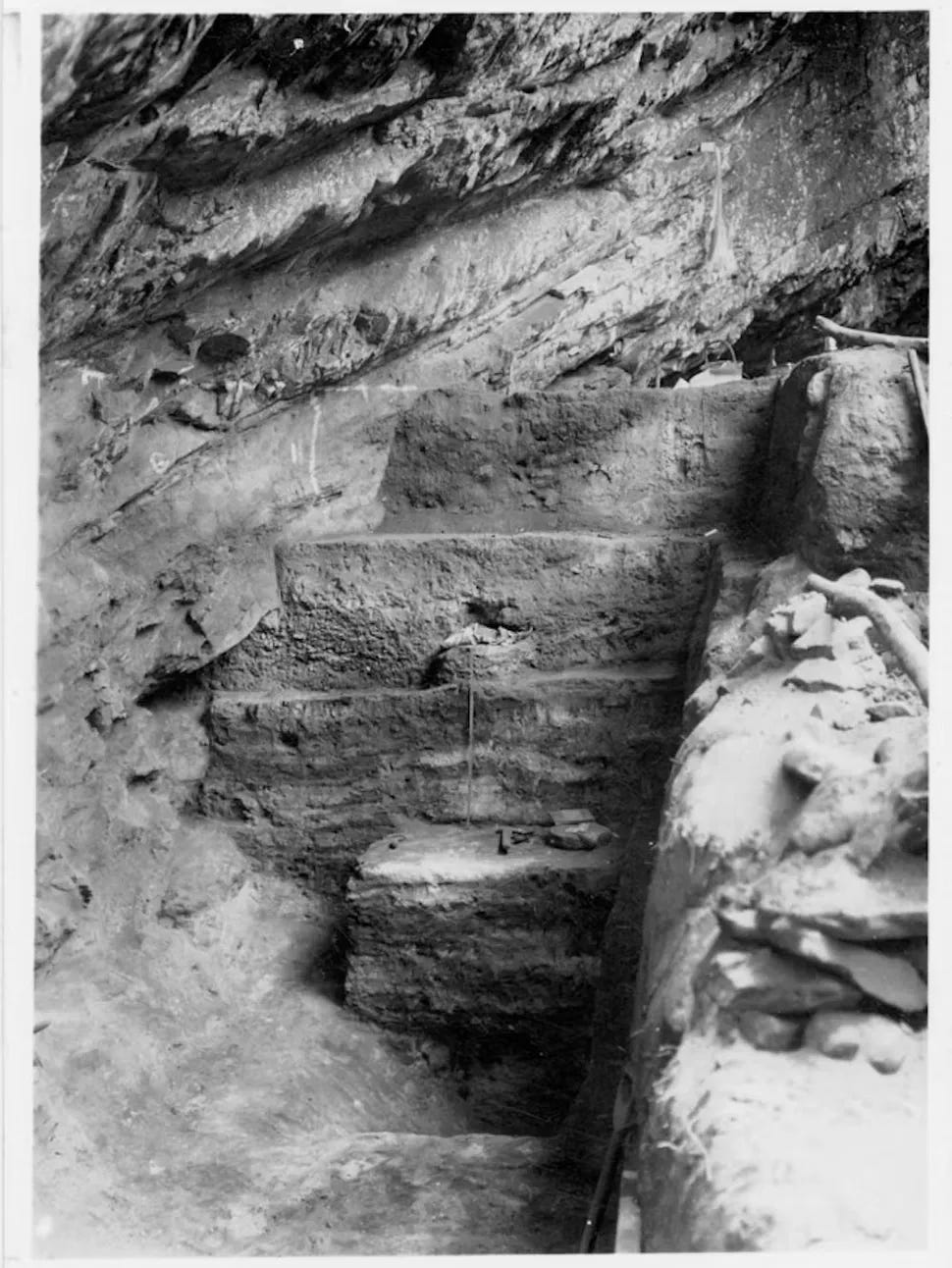Ancient Genomes from South Africa Reveal Remarkable Genetic Continuity
Manage episode 444185832 series 3444207
The Oakhurst rock shelter, nestled in the cliffs of South Africa’s southern coast, has long been a focal point for archaeologists due to its wealth of artifacts and human remains. New research1 into ancient DNA from this site has now provided groundbreaking insights into the genetic history of its inhabitants, revealing a remarkable genetic continuity over thousands of years. These findings offer a new perspective on human population stability and cultural evolution in southern Africa.

The Importance of Africa in Human Genetic History
Africa, the origin of Homo sapiens, holds the greatest genetic diversity of any continent. This diversity is critical to understanding humanity's origins and migrations. Yet, due to harsh environmental conditions, ancient DNA from Africa is less well-preserved compared to other regions like Asia and Europe. As a result, only a limited number of ancient African genomes have been sequenced, making each discovery particularly valuable.
The Oakhurst site, which dates back over 12,000 years, provides a unique opportunity to explore southern Africa's genetic and cultural history. This investigation, which began in 2017, brought together a multidisciplinary team of archaeologists, anthropologists, and geneticists. They aimed to reconstruct the genomes of individuals who lived there and understand their connections to present-day populations in the region.
Unearthing and Dating the Oakhurst Genomes
To achieve this, the team extracted DNA from the skeletal remains of 13 individuals, aged between 9,000 and 1,300 years old, based on radiocarbon dating of bone or tooth collagen. Despite the technical challenges posed by DNA degradation, the researchers successfully sequenced the genomes, revealing valuable information about the inhabitants' ancestry and genetic stability.
Analysis showed that the ancient genomes closely resembled those of modern San and Khoekhoe people, including the ǂKhomani San, a group still residing in the area today. The data indicates that, from 10,000 to 1,300 years ago, no significant genetic influx from outside the region occurred at Oakhurst. This level of genetic continuity over such an extended period is unprecedented, especially when compared to the major population shifts seen in other parts of the world during the same time frame.
Genetic Continuity and Cultural Evolution
While the genetic evidence suggests stability, the archaeological record at Oakhurst shows that the culture of its inhabitants was dynamic. The site has yielded stone tools, pottery fragments, and evidence of several shifts in stone tool technology over time, reflecting cultural innovation among these ancient populations. These changes align with broader technological developments observed across other South African sites, illustrating that while the genetic makeup remained constant, cultural practices continued to evolve.
The Oakhurst site has been under investigation since the 1930s, and its significance has only grown with time. Archaeologists have recovered a vast array of materials from the shelter, including the remains of 46 individuals. This extensive record is rare for South Africa, where most ancient burials have yielded only isolated finds. As new technologies emerge, researchers continue to extract valuable information from these remains, offering fresh insights into the lives of ancient peoples.
The Role of Ancient Genomes in Understanding Human History
The field of archaeogenetics—studying ancient genomes to reconstruct human history—provides a genetic record of the past that can reveal how populations moved, interacted, and evolved over millennia. The Oakhurst study represents the most comprehensive genetic analysis of ancient southern African populations to date, including the oldest DNA sequences from the region.
These findings challenge the narrative of frequent migrations and population mixing common in other regions of the world. Unlike Europe and Asia, where ancient DNA shows evidence of continuous influxes of new groups, southernmost Africa shows a remarkable degree of population stability. The 13 individuals from Oakhurst illustrate that the inhabitants of this region maintained genetic continuity for thousands of years, even as newcomers introduced new cultural practices, such as herding, farming, and new languages, around 2,000 years ago.
Genetic Legacy and Cultural Interaction
The arrival of these new groups did not erase the genetic heritage of the Oakhurst people. The genome of a person who lived 1,300 years ago still bore strong similarities to those of individuals from 10,000 years earlier. This suggests that while cultural exchanges and interactions did occur—evidenced by the introduction of livestock and agricultural practices—the genetic lineage of the original inhabitants persisted.
The Oakhurst findings open up new possibilities for studying the region’s complex history and understanding how genetic and cultural identities have co-evolved in southern Africa. It highlights the resilience and adaptability of ancient communities in the face of environmental and cultural changes.
A Call for Further Research in Southern Africa
The Oakhurst study underscores the potential for further research into Africa’s ancient populations. By investigating ancient DNA from additional sites and integrating this information with archaeological and linguistic data, scientists can gain deeper insights into one of the most diverse regions of the world. The remarkable genetic continuity found at Oakhurst serves as a reminder of the deep-rooted connections between past and present populations in Africa, highlighting the importance of preserving and studying this rich heritage.
Gretzinger, J., Gibbon, V. E., Penske, S. E., Sealy, J. C., Rohrlach, A. B., Salazar-García, D. C., Krause, J., & Schiffels, S. (2024). 9,000 years of genetic continuity in southernmost Africa demonstrated at Oakhurst rockshelter. Nature Ecology & Evolution, 1–14. https://doi.org/10.1038/s41559-024-02532-3
8 एपिसोडस




